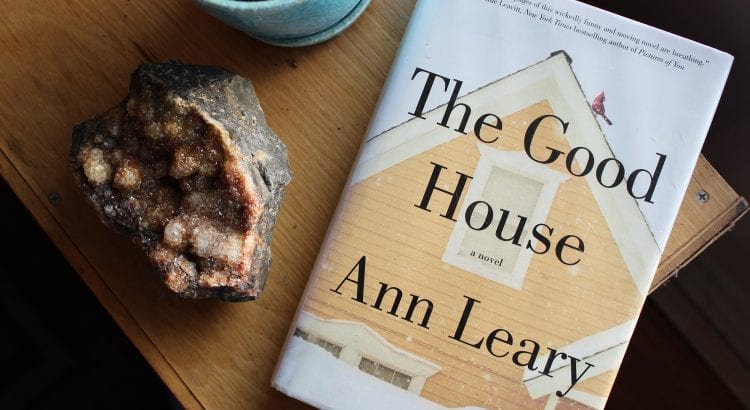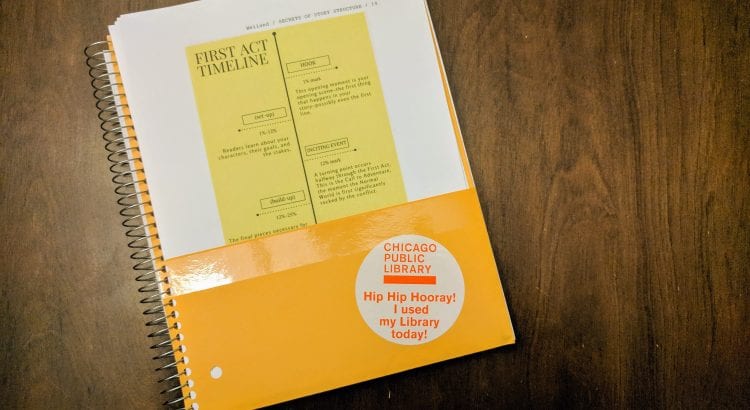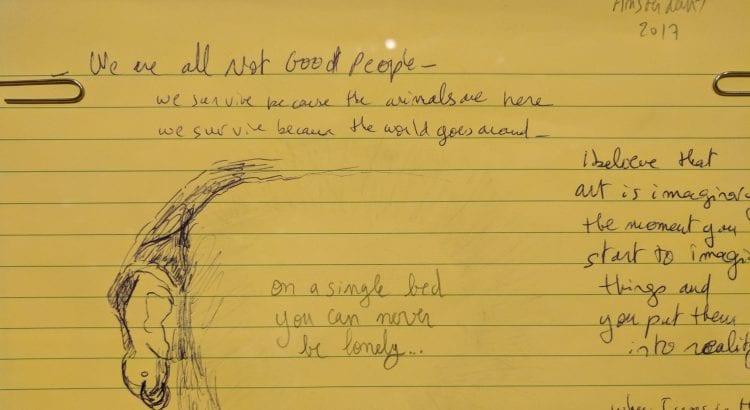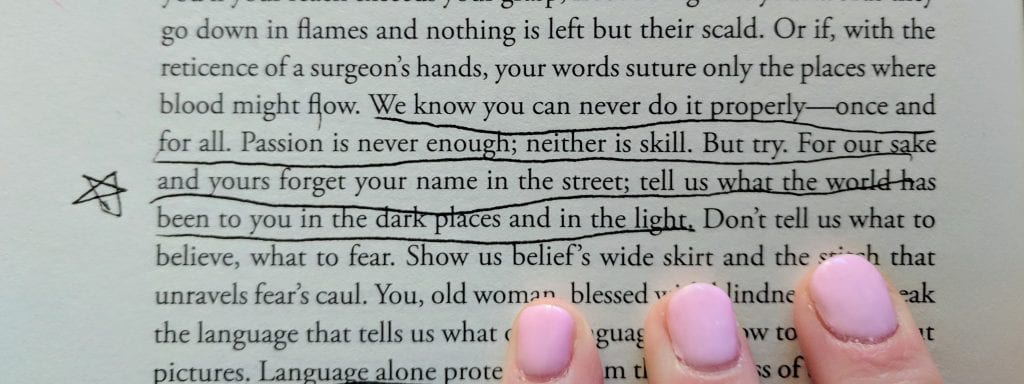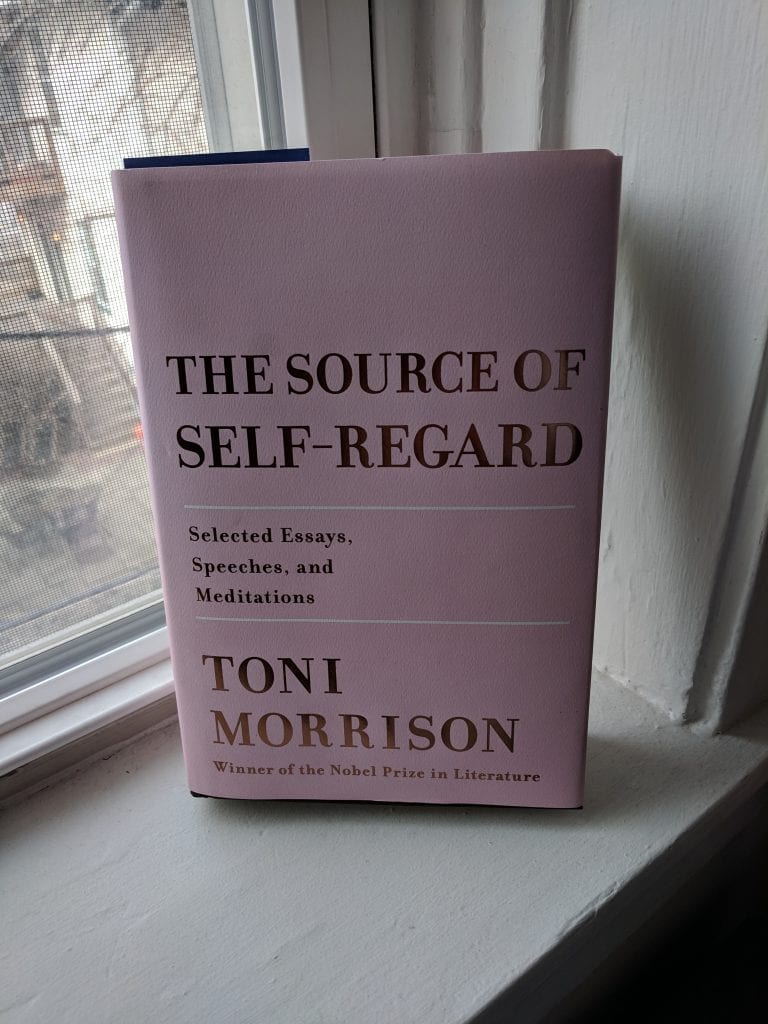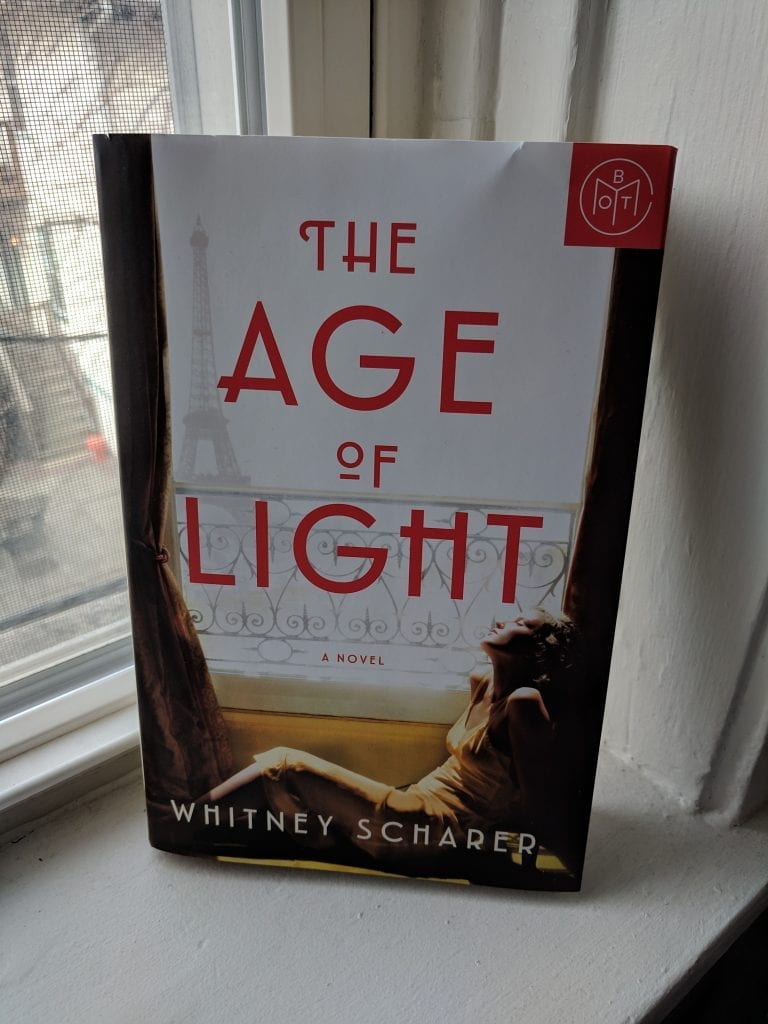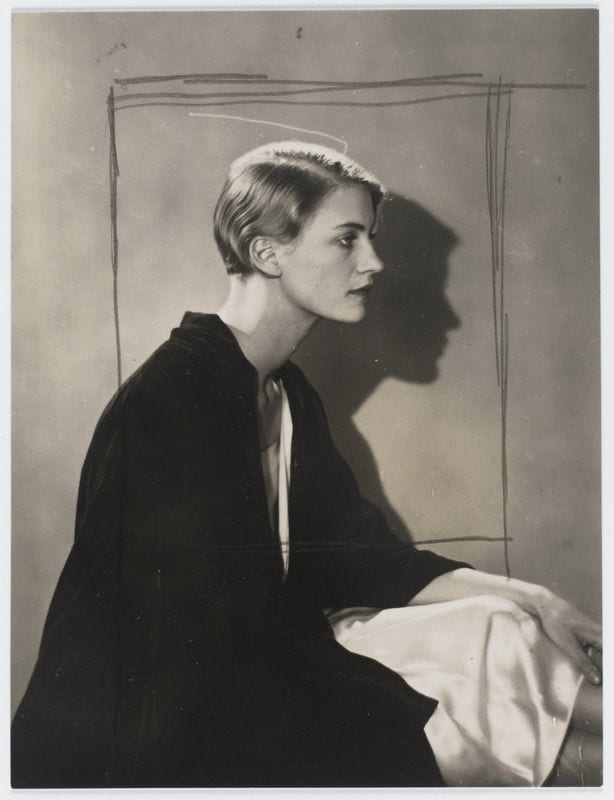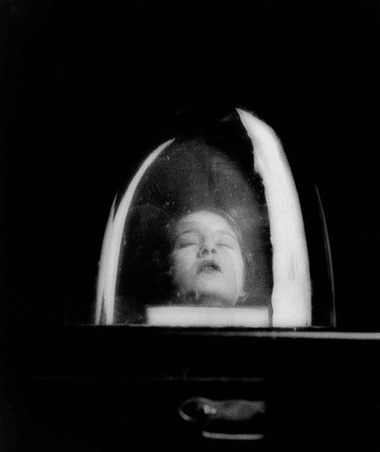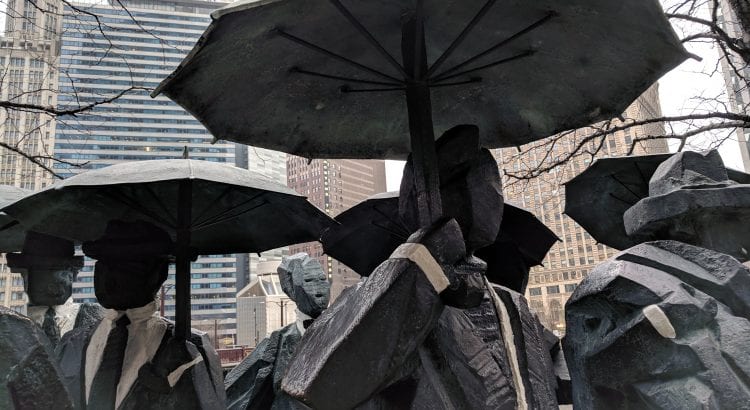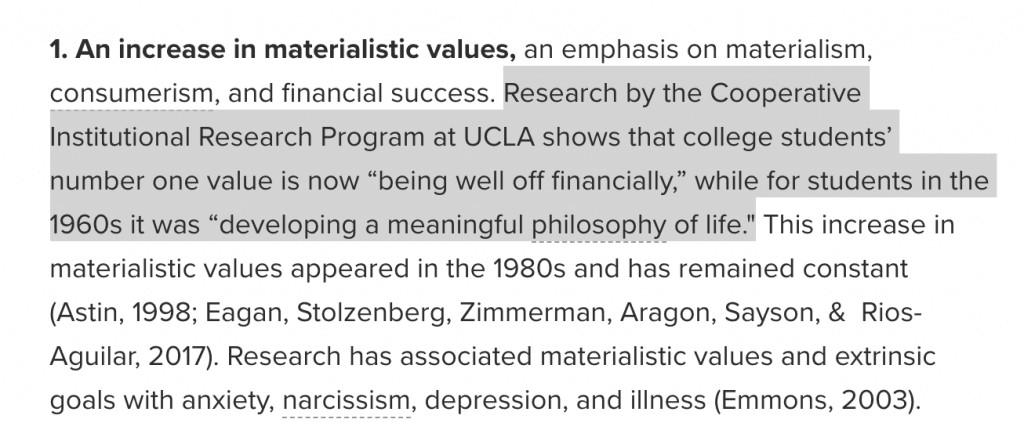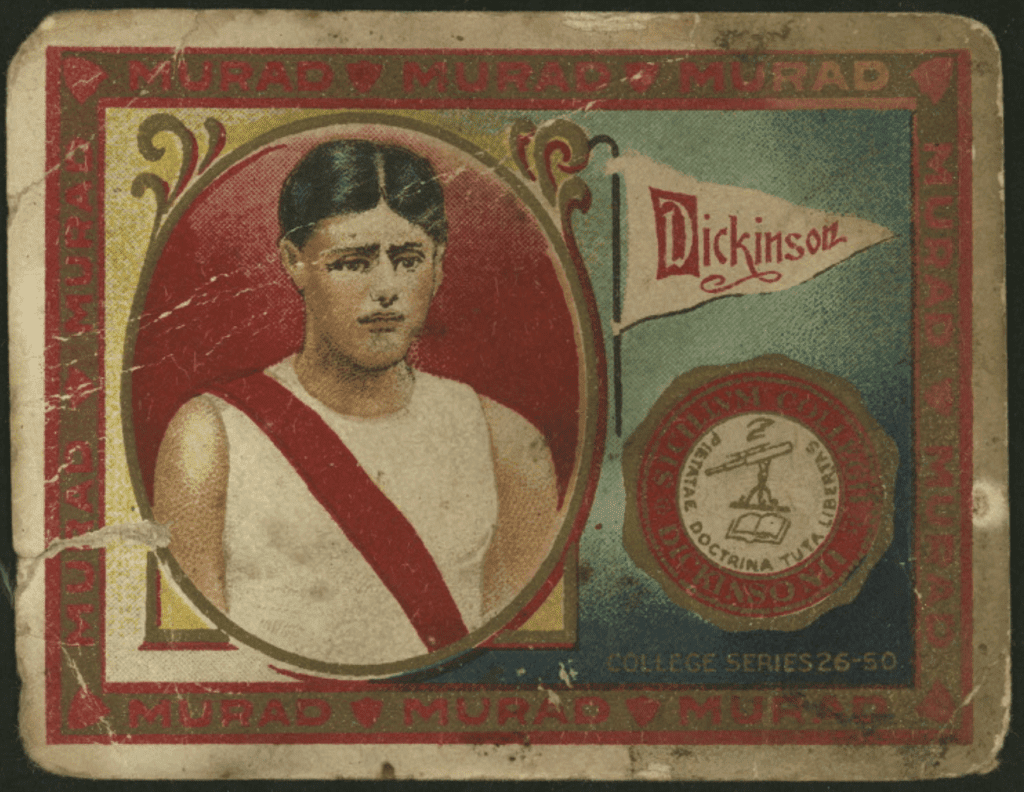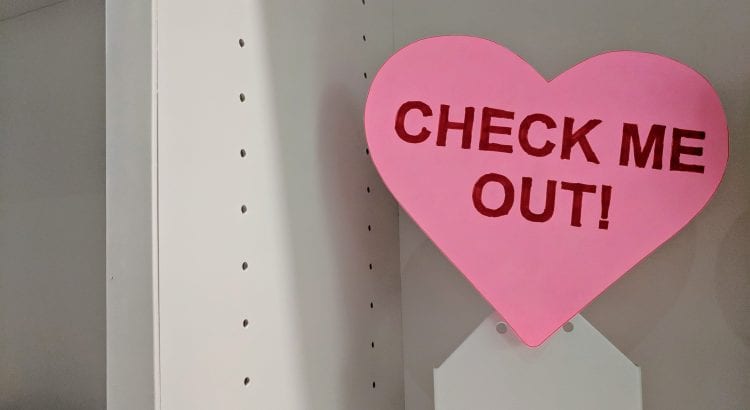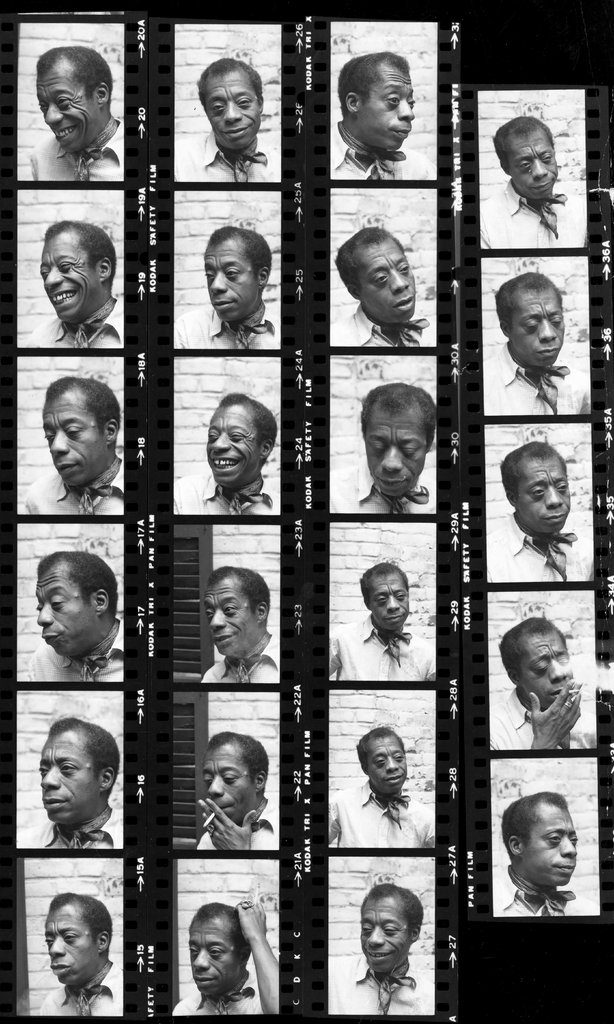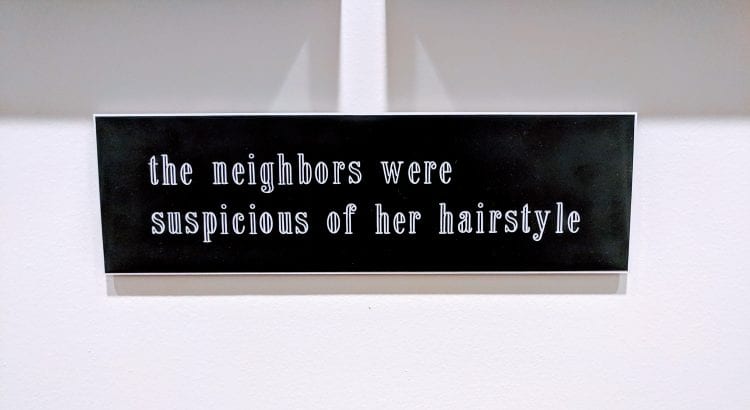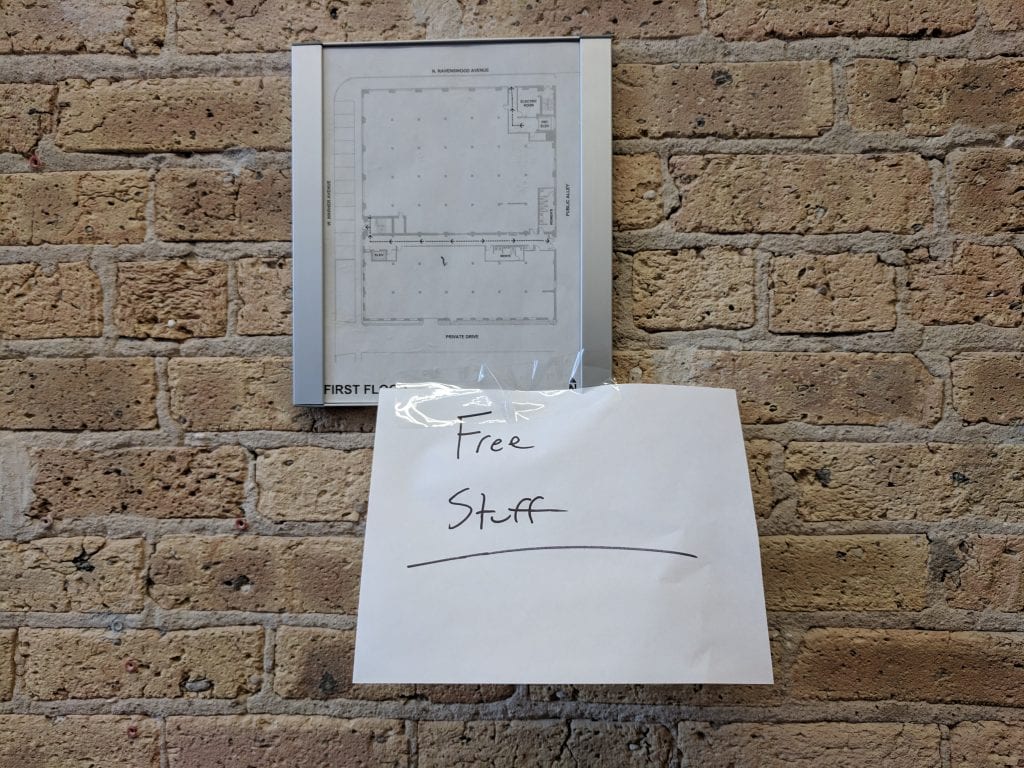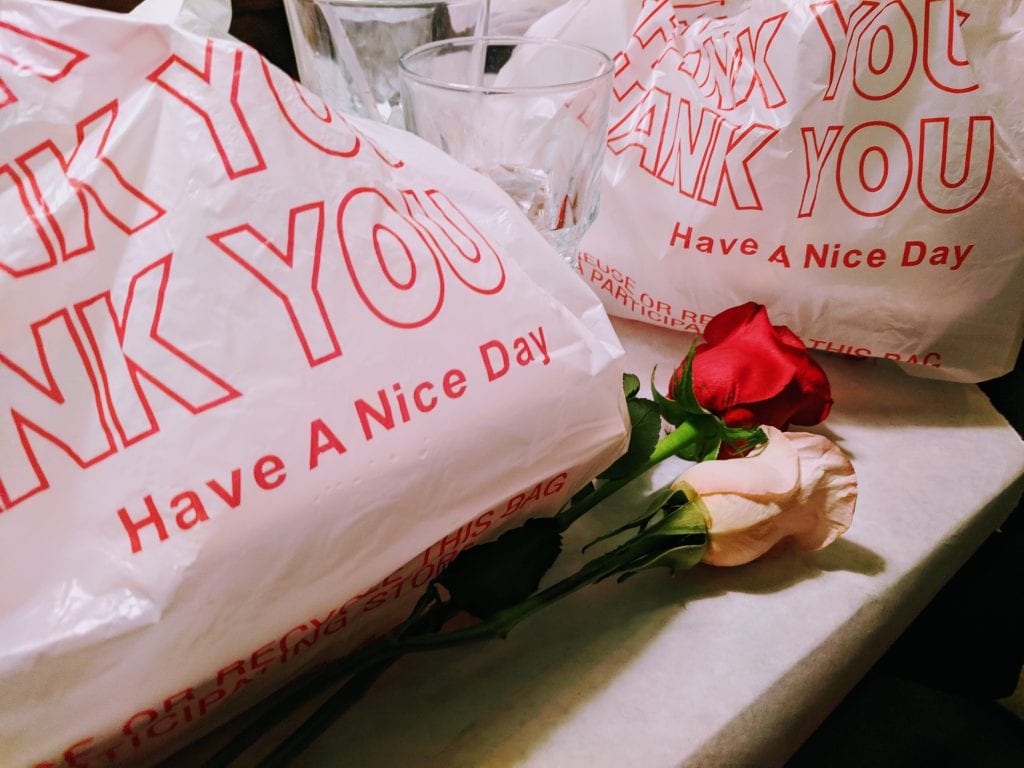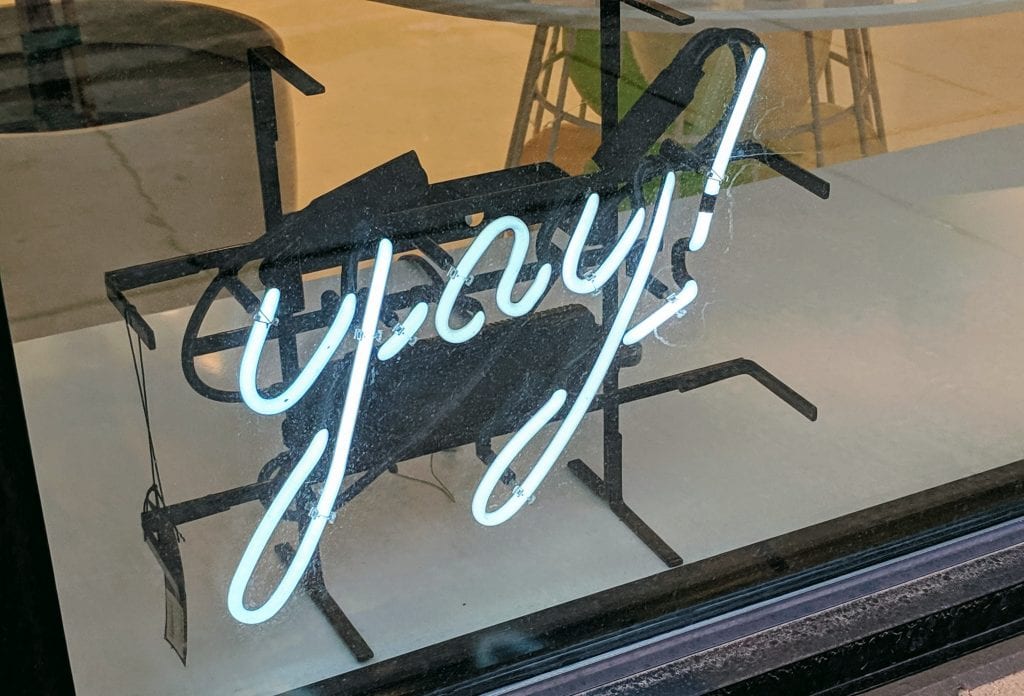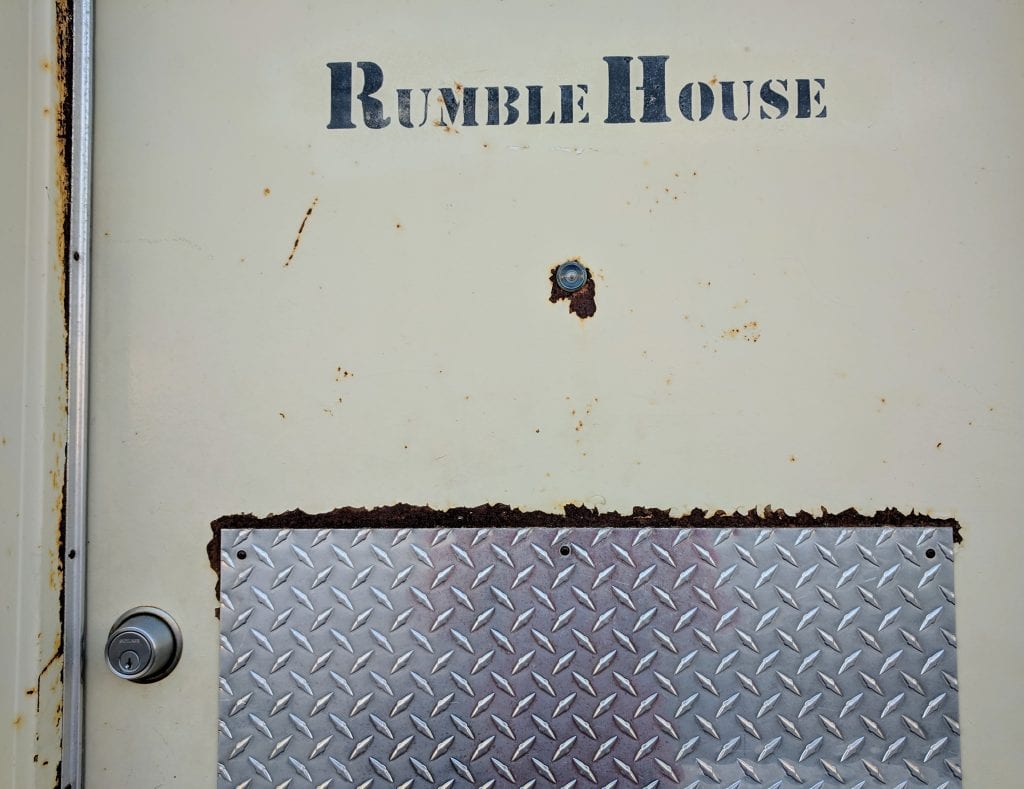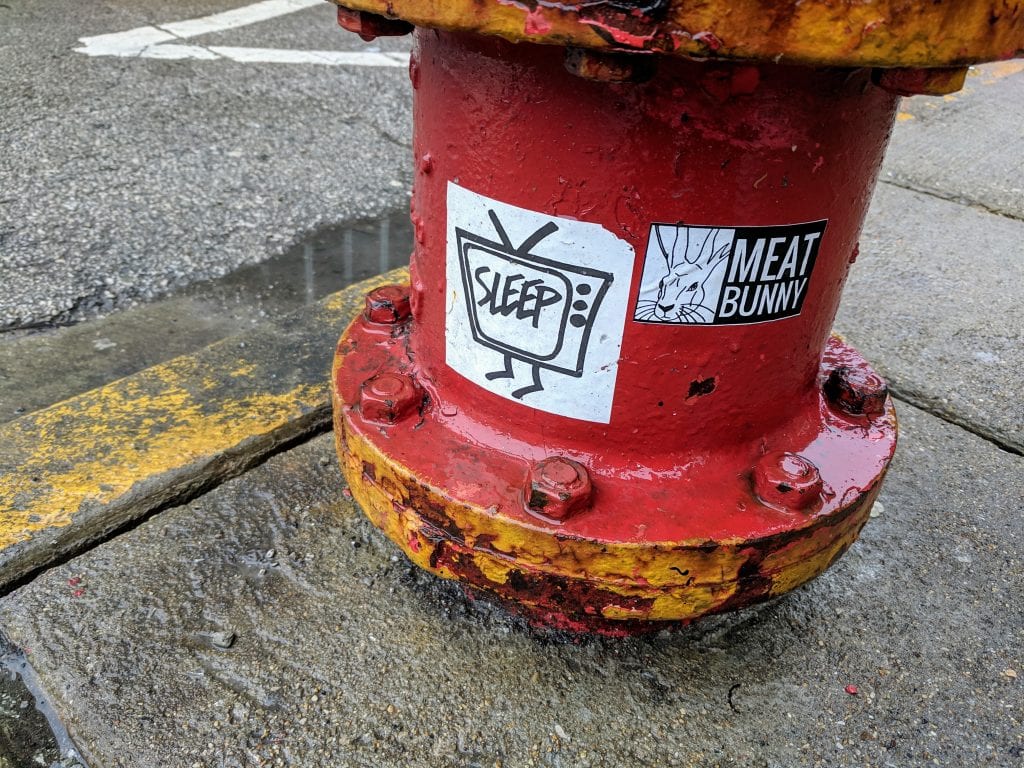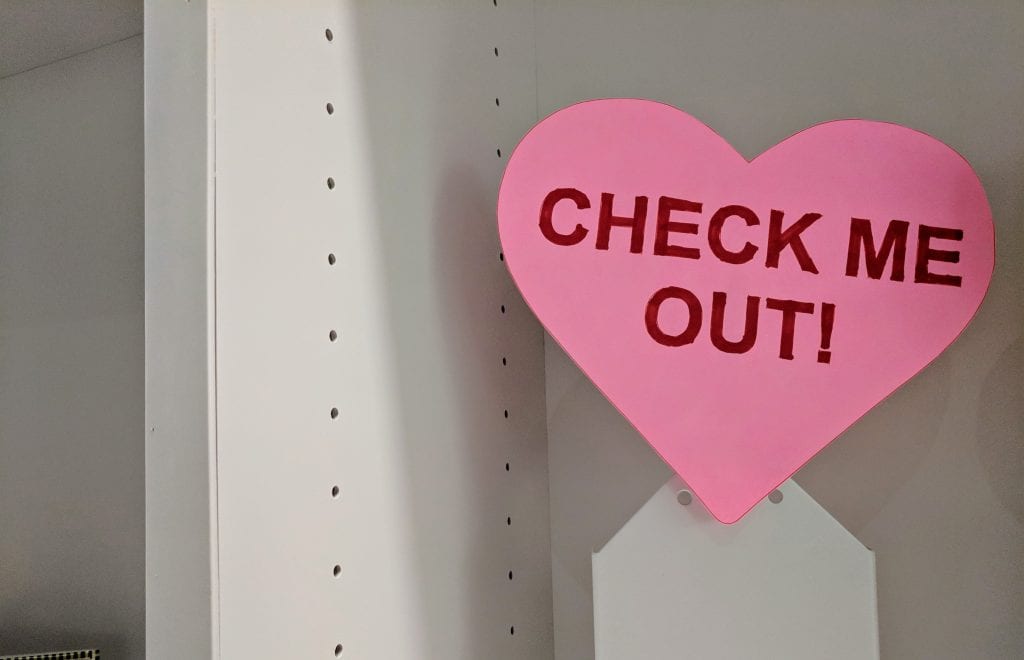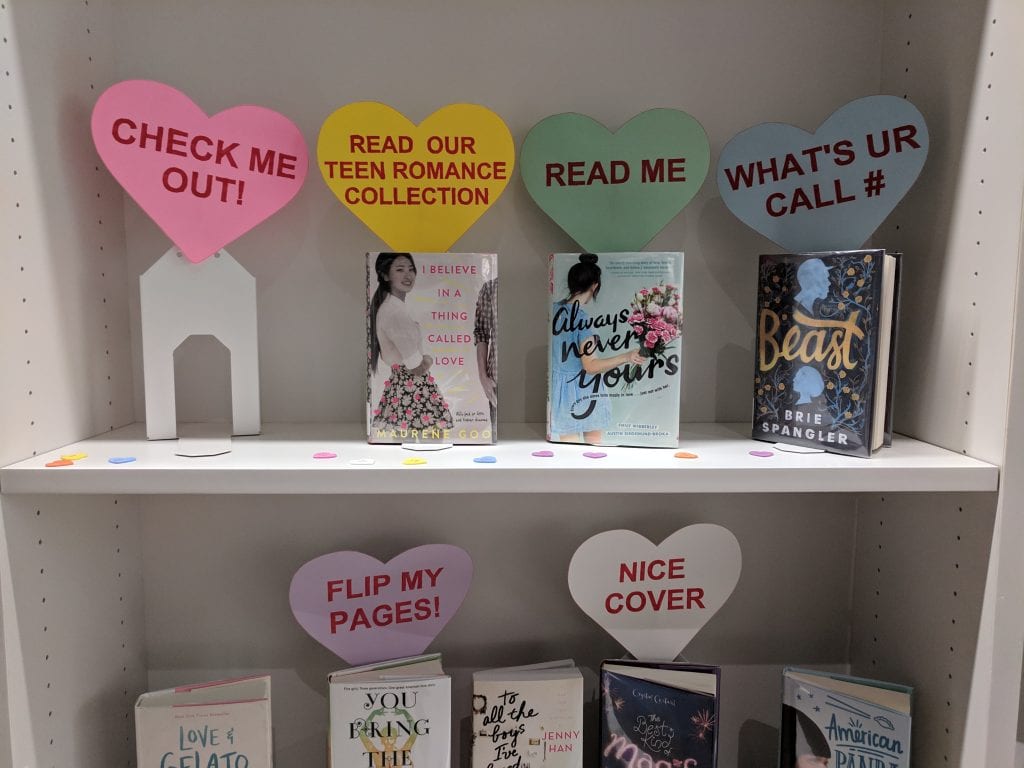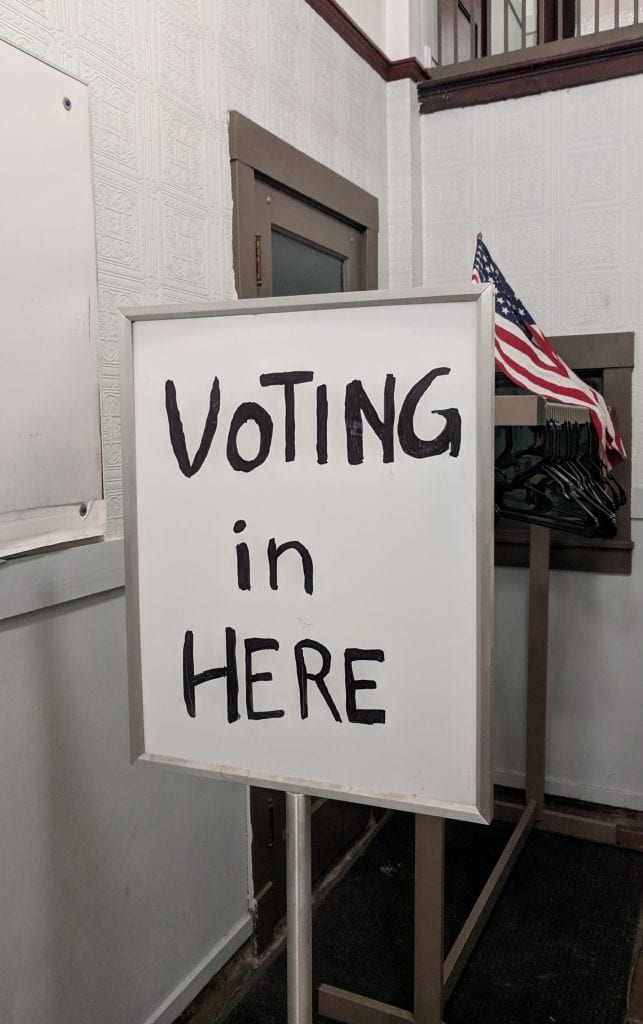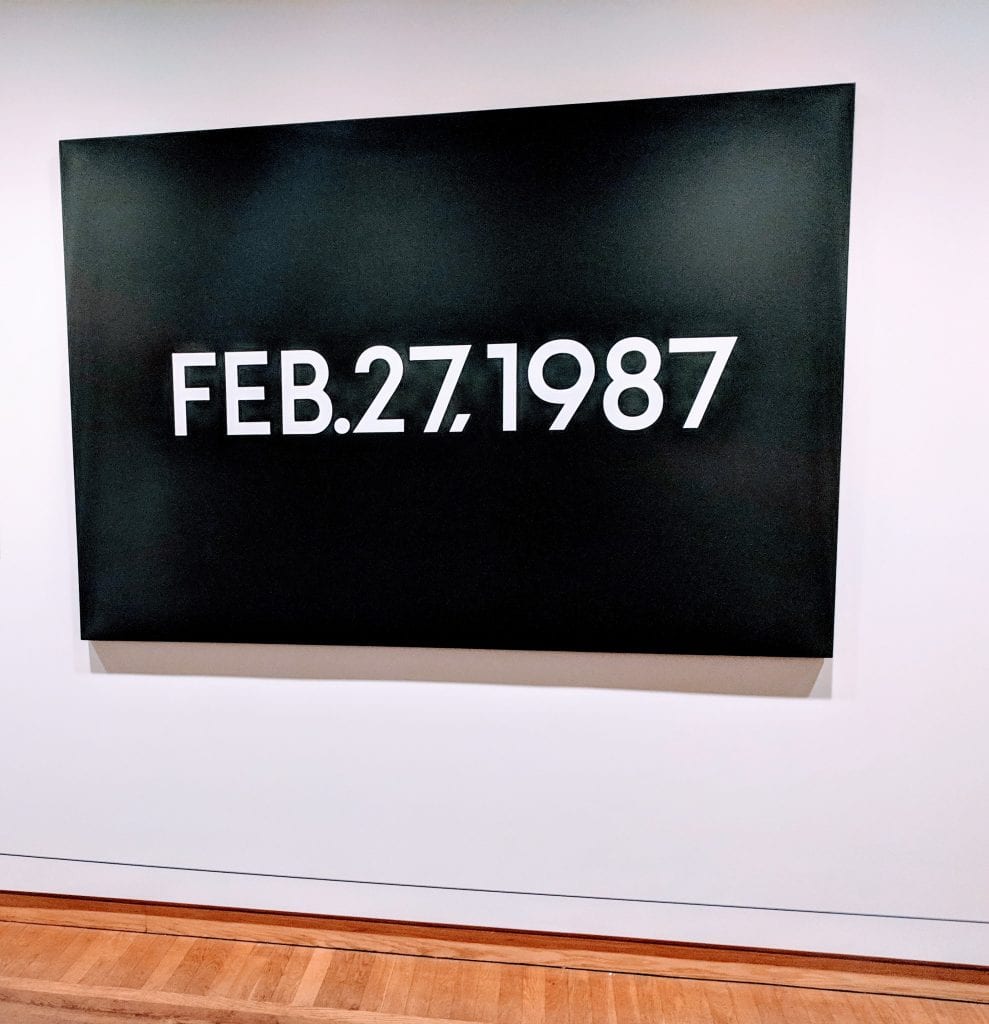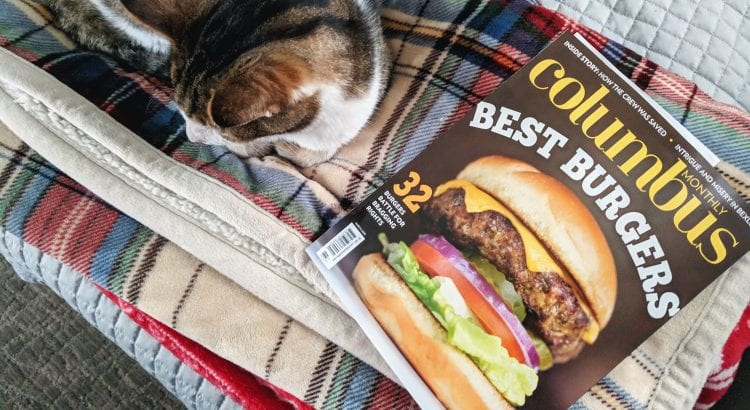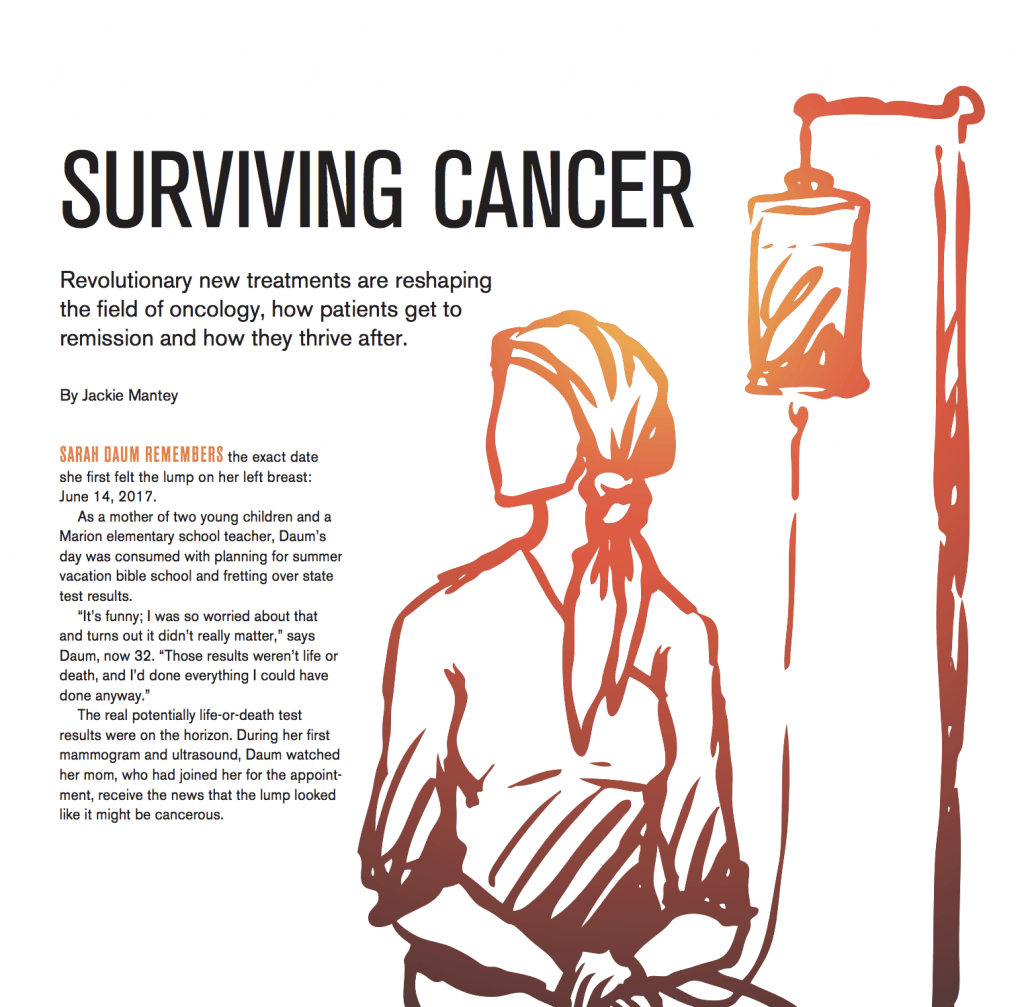On the new episode of Zero Proof Book Club, Shelley and I discuss Ann Leary’s book “The Good House.” We’ve been reading so much quit lit and self-help, we decided to read a novel. “The Good House” by Leary, an NPR host and recovering alcoholic herself, fit the bill. Kirkus Reviews calls this book “a genuinely funny novel about alcoholism,” and we’d have to agree.
Listen to the new episode here, at ZeroProofBookClub.com, and follow us on Instagram at @zeroproofbookclub.
Hildy, the main character, is super funny, even if her spiraling addiction is not. We talk about the agony of hearing about what you did while drinking, the effectiveness of interventions, and, of course, witches.
About “The Good House”
What to expect: A funny, poignant novel about a struggling, high-functioning alcoholic
Pairs well with: A Virgin Mary. Tomato water with jalapeño & basil + horseradish + Worcestershire

In the book, Hildy drinks a Virgin Mary at a Thanksgiving gathering while the rest of the family downs the real thing. Our ultra-refreshing interpretation of the Virgin Mary captures the spirit of a Bloody without the booze. It incorporates tomato water, a super-concentrated liquid that captures the delicious essence of tomato. Here’s what you do:
- Roughly chop three beefsteak tomatoes, one jalapeño and a handful of fresh basil.
- Throw it all into a food processor and pulse until smooth. Pour into a mesh strainer lined with cheesecloth over a bowl.
- Let it sit in the fridge for at least 12 hours, and you’ll be rewarded with a cup or so of jalapeño-basil tomato water.
- Pour it over ice, stir in a dash of Worcestershire, grate a little fresh horseradish over top if you can find it, and garnish with cherry tomato and basil.
- Enjoy!
From the book jacket:
“Hildy Good is a townie. A lifelong resident of a small community on the rocky coast of Boston’s North Shore, she knows pretty much everything about everyone. And she’s good at lots of things, too. A successful real-estate broker, mother, and grandmother, her days are full. But her nights have become lonely ever since her daughters, convinced their mother was drinking too much, sent her off to rehab. Now she’s in recovery—more or less.
Alone and feeling unjustly persecuted, Hildy finds a friend in Rebecca McAllister, one of her town’s wealthy newcomers. Rebecca is grateful for the friendship and Hildy feels like a person in the world again, as she and Rebecca escape their worries with some harmless gossip and a bottle of wine by the fire—just one of their secrets.
But Rebecca is herself the subject of town gossip. When Frank Getchell, an old friend who shares a complicated history with Hildy, tries to warn her to stay away from Rebecca, Hildy attempts to protect her friend from a potential scandal. Soon, however, Hildy is busy trying to protect her own reputation. When a cluster of secrets becomes dangerously entwined, the reckless behavior of one person threatens to expose the other, and this darkly comic novel takes a chilling turn.”
